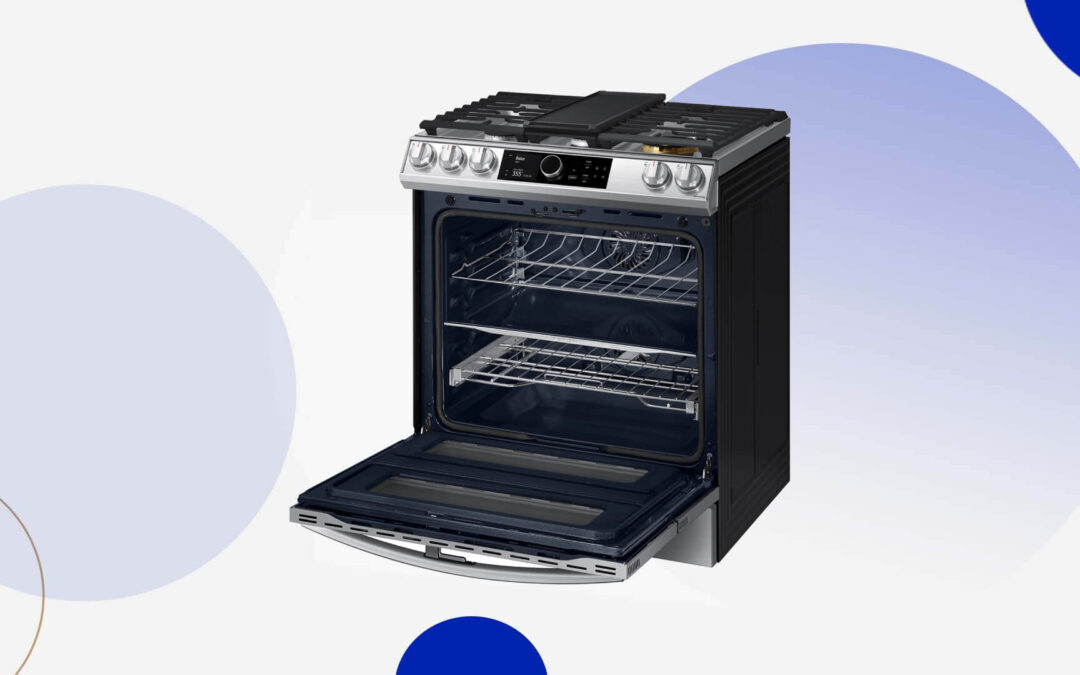Cooking can be daunting when preparing for a holiday feast. Prepare better in batches with the best appliance you should use when cooking a turkey for Thanksgiving Day.
If you are wondering which is the best appliance you should use when cooking a turkey for Thanksgiving Day, you are not alone if you think it is the oven. Well, what else could it be? We may have forgotten the process before and after cooking the turkey.
Whether you are a seasoned host or preparing for your first Thanksgiving, you probably have some questions about the turkey. That’s why we have mapped out every move you need to make to guarantee your Thanksgiving bird is a smash with your guests, including proper refrigeration, cooking, and reheating.
Before Cooking: Store Your Turkey in the Refrigerator
Inadequate storage, hygiene, or preparation can poison food, especially meats. Even when you can buy frozen turkey weeks or even months beforehand, provided it stays frozen, you still need a strategy for defrosting it properly before you can cook it.
The thawing time for a turkey varies depending on its size. If you want to thaw a turkey properly, the safest and most efficient way is in the refrigerator. Typically, a 4 to 12-pound turkey will need one to three days to defrost in a refrigerator set to 40°F and under, whereas a turkey of the same size will only need two to six hours to thaw in cold water, changed at 30-minute intervals. The general rule of thumb is that defrosting a frozen turkey will take a day for every four pounds.
You can store a thawed, raw turkey in your Samsung fridge for up to two days. But if you bought fresh turkey, it is important to cook it before the expiration date. Ensure you do not need any fridge situation calling for a Samsung refrigerator repair before buying a turkey.
During Cooking: Oven Roast Your Turkey
For a long time, people have wondered how to properly roast a turkey in the oven. Some think the best way to prepare a turkey is over an open flame, while others would rather use a normal oven. It just comes down to personal taste and expectations for dinner.
Cooking a turkey in the oven can go seamlessly in several ways, but the most common method that many go for is to preheat the oven and set a timer. The timer will provide an accurate estimate of how long the turkey will need to cook. Depending on the size and weight of the turkey, the cooking time can vary from about two to three hours.
Roast With a Rack
When roasting a turkey, placing it on a rack will help the bird cook more evenly by allowing hot air to flow around it. You need not hurry out and purchase one if you do not have one. To remove the turkey from the roasting pan, you only need to lift its base. Using a cooling rack for this is a great idea.
Always Keep An Eye on the Temperature
While achieving a golden brown and crispy surface is nice, ensuring the inside is at the right temperature is more important. If it is too low, you could become sick; if it’s too high, your bird might look good but taste otherwise.
There are no foolproof methods for determining when a turkey is done cooking, such as jiggling the drumstick or waiting for the juices to flow clear. Use a meat thermometer to gauge its temperature. Insert it in the innermost part of the thigh; if it reads 165˚F, your turkey is ready. Allow it to rest for 15 to 20 minutes to make the meat easier to slice.
When Reheating: Heat Your Turkey with Oven
According to the USDA’s Meat and Poultry Hotline, leftover turkey can be served cold or reheated the following day. The USDA suggests the following methods for reheating your turkey in the oven:
- Keep the oven at no less than 325°F.
- Cover the turkey with stock or water to help it stay moist.
- Reheat at 165°F internal temperature and use a thermometer to check regularly.
Samsung Repairs knows that having the correct equipment is just as important as having the right ingredients to pull off the perfect Thanksgiving meal. Just ensure that everything is set before you start cooking, during the process, and even after letting out a sigh of relief once you are done.
Kindly contact our team if you have any specific concerns, or read more of our blog articles for tips about Samsung appliances.
